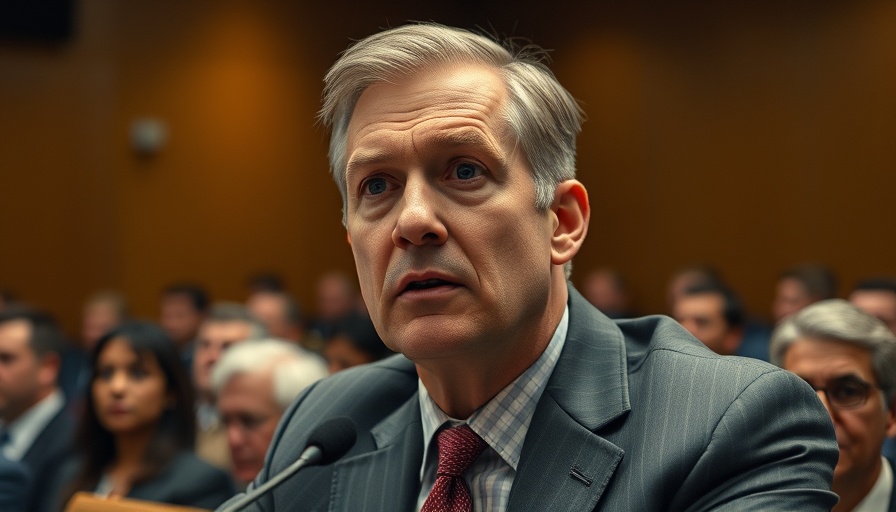
Understanding Political Violence: The Rise of Harassment in Politics
In recent years, the landscape of political engagement in Pennsylvania and across the U.S. has dramatically shifted, revealing an unsettling reality of harassment and violence. Former Pennsylvania House Speaker Mark Rozzi’s recent revelations about enduring threats compel us to confront the changing dynamics of political participation. Rozzi wore a bulletproof vest as a precaution against a stalker, symbolizing a darker side of public service that many are reluctantly awakening to.
The Broader Context: Political Climate and Violence
In the wake of events that have targeted politicians across the country, including assassination attempts and arson, it is crucial to related Rozzi's experience to a worrying trend. The politically charged atmosphere has bred an environment where extreme actions are not just threats but manifesting realities. This leads to critical questions: How did we reach a point where politicians feel compelled to wear bulletproof vests? What can be done to mitigate this rise in political violence?
Mark Rozzi: A Moderative Voice in a Divided Era
Rozzi's tenure as a moderate voice in Pennsylvania politics places him at the intersection of contentious debates. The pressures of polarized politics pushed him to prioritize personal safety over public service. His story serves as a lens to examine how the extremities of political discourse have damaged the very fabric of democratic engagement—where elected officials, instead of feeling secure in their roles, must instead brace themselves against real threats.
Drawing Parallels: Contemporary Events
The assassination of former Minnesota state House Speaker Melissa Hortman mirrors Rozzi’s experience, underscoring a dangerous reality that few can ignore. The growing list of threats against public officials, including firebombing incidents, raises alarms regarding the safety of our leaders and the state of our democracy. When does political discourse cross the line into violence, and how can we draw boundaries to ensure that public figures feel secure?
Insights and Strategies for Prevention
Preventing the escalation of political violence requires a multifaceted approach. Community engagement, transparency in communication, and robust support systems for politicians facing threats are essential. Additionally, leaders must advocate for a more civil political discourse, addressing differences not with aggression but with dialogue. Initiatives like conflict resolution training and community-building exercises can foster safe environments that empower politicians to engage without fear.
The Emotional Impact on Those in Power
How does the constant threat of violence affect a politician's capacity to lead? Rozzi's comments reveal the emotional toll of being in the public eye under such intense scrutiny. When leaders live in fear, their decision-making is clouded, impacting their effectiveness and the communities they serve. The emotional repercussions of such experiences ripple beyond the immediate victims, touching constituents' lives and local governance. It’s vital to recognize, support, and protect our elected officials if we want them to serve their communities effectively.
Call to Action: Standing Against Political Violence
It is incumbent upon each of us to speak out against political violence and harassment. Whether through attending community discussions, volunteering for local initiatives, or advocating for policy changes that protect public officials, your voice matters. As citizens, we must demand a culture of respect and safety in political discourse—a culture where elected officials can lead without fear of violence or retribution.
Mark Rozzi’s experience is not an isolated incident; it serves as a critical reminder of the urgent need for reform in political engagement. Everyone has a role in shaping a more secure environment for elected leaders. Join advocacy groups championing this cause and work within your community to create a safe political landscape for all.
 Add Row
Add Row  Add
Add 




 Add Row
Add Row  Add
Add 

Write A Comment